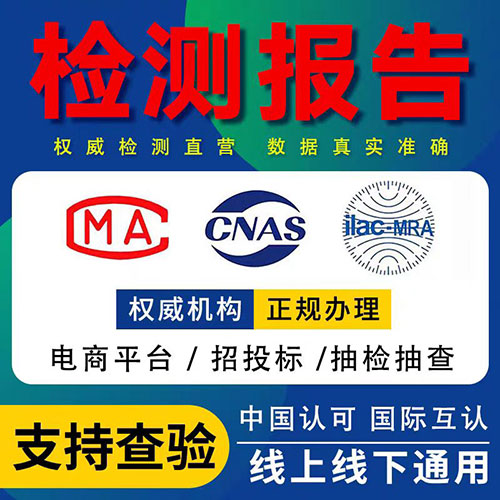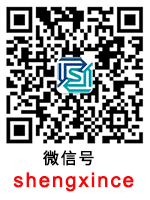rohs报告常用英语
Introduction
RoHS (Restriction of Hazardous Substances) report, also known as lead-free certificate, is an important document that attests to the compliance of electronic and electrical products with the RoHS directive. This report is often required by governments, industry associations, and customers from different countries and regions to ensure that the products they use or distribute are free from certain hazardous substances and comply with environmental regulations. In this article, we will discuss some common English terms and concepts related to RoHS reports, and provide some useful tips and recommendations for those who need to prepare or obtain RoHS reports.
What is RoHS?
RoHS is a European Union directive that restricts the use of six hazardous substances in electrical and electronic equipment (EEE) sold in the EU market. These substances are lead, mercury, cadmium, hexavalent chromium, polybrominated biphenyls (PBBs), and polybrominated diphenyl ethers (PBDEs). RoHS aims to protect human health and the environment by reducing the risks of these hazardous substances during the production, use, and disposal of EEE. RoHS has been adopted by many countries and regions worldwide as a basis for their own environmental regulations and standards.
What is a RoHS report?
A RoHS report is a document that states the results of RoHS testing conducted on EEE products. RoHS testing is a process that analyzes the presence and levels of the six hazardous substances in the product's materials and components. RoHS reports can be issued by testing laboratories, manufacturers, or suppliers, and may include information such as the product's name, model, materials, test methods, results, and compliance status. RoHS reports can be used as evidence of compliance and quality assurance for customers, importers, retailers, and regulatory bodies.
How to obtain a RoHS report?
To obtain a RoHS report, you first need to identify the testing requirements, standards, and procedures of your target market or customer. RoHS testing can be done by accredited testing laboratories that have the expertise and equipment to perform the required tests. You can choose a testing lab that is recognized by your target market or customer, or by international organizations such as ISO/IEC 17025, ILAC, or IECQ. You can also ask your supplier or manufacturer to provide you with a RoHS report for their products, or conduct in-house testing if you have the capability and resources. It is important to ensure that your RoHS report is valid, accurate, and up-to-date, and meets the requirements of your target market or customer.
What are the benefits of RoHS compliance?
RoHS compliance can bring numerous benefits to your business, such as:
- Enhancing your reputation as a responsible and environmentally conscious company
- Meeting the legal and regulatory requirements of your target market or customer
- Reducing the risks of health and environmental hazards associated with hazardous substances
- Improving the quality and safety of your products
- Reducing the costs and frequency of product recalls, rejections, or fines
- Boosting the competitiveness and marketability of your products
- Encouraging innovation and sustainability in your supply chain and product design
Conclusion
RoHS compliance and reporting are essential elements of modern environmental management and product quality assurance. By following the RoHS directive and obtaining reliable RoHS reports, companies can demonstrate their commitment to sustainability, compliance, and customer satisfaction. To achieve this goal, it is important to understand the concepts and terminology of RoHS, and to work with professional and trusted partners such as testing laboratories, suppliers, and consultants. Our website, 省心测 (Shengxin ce), can help you find and compare a wide range of testing labs and services in China and abroad, and provide you with valuable insights and resources for RoHS compliance and reporting.


 有样品要送检?试试一键送检,15分钟极速响应
有样品要送检?试试一键送检,15分钟极速响应



